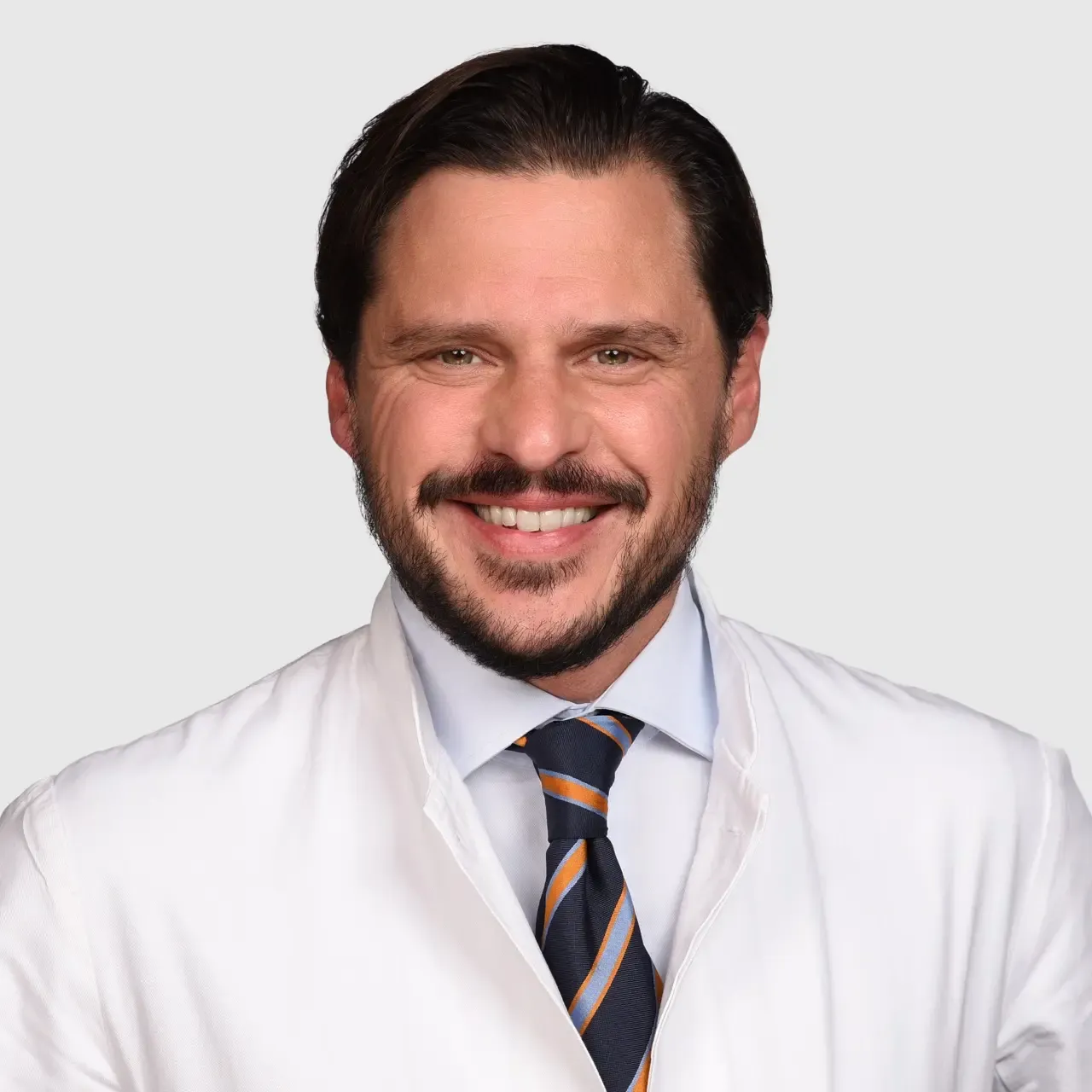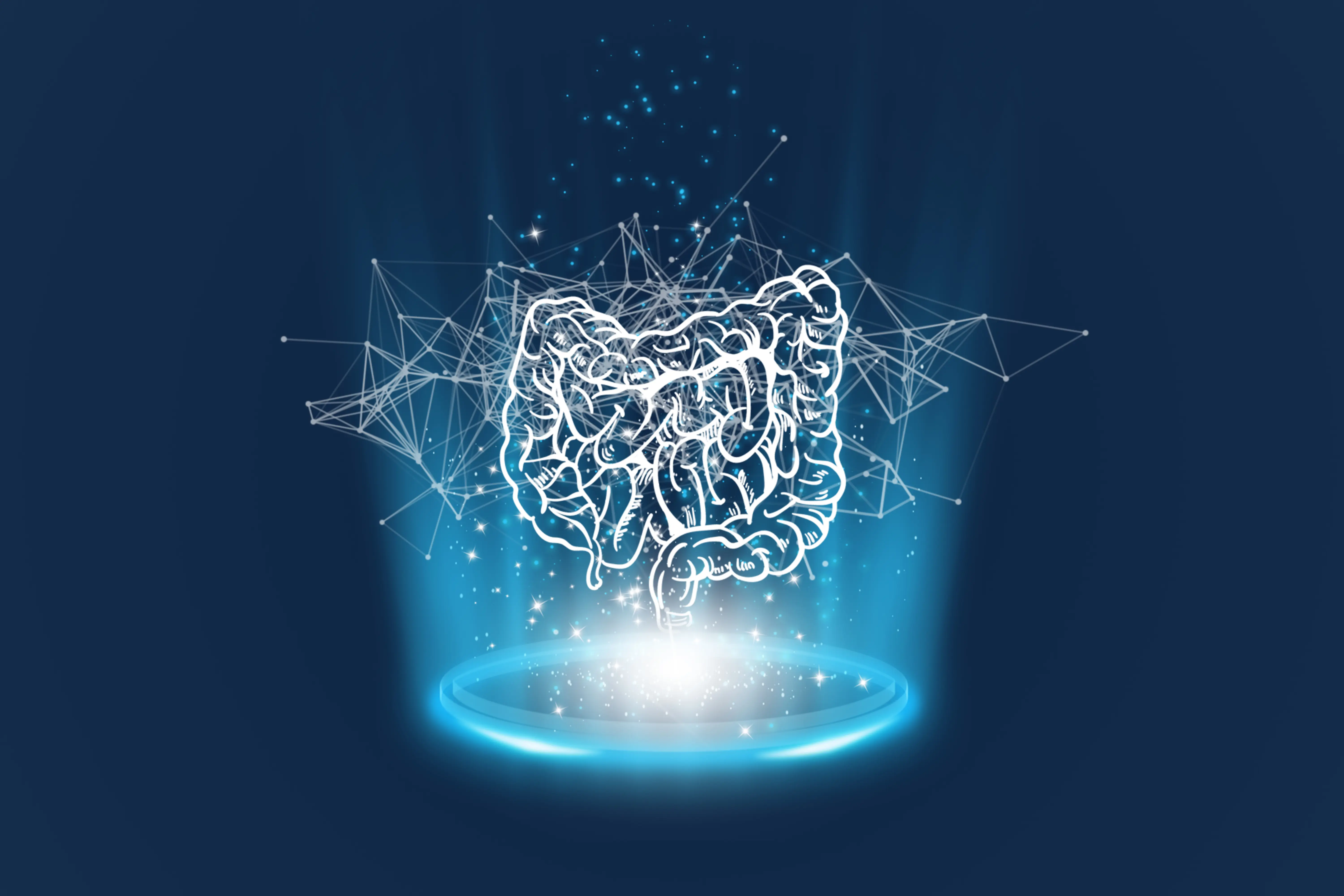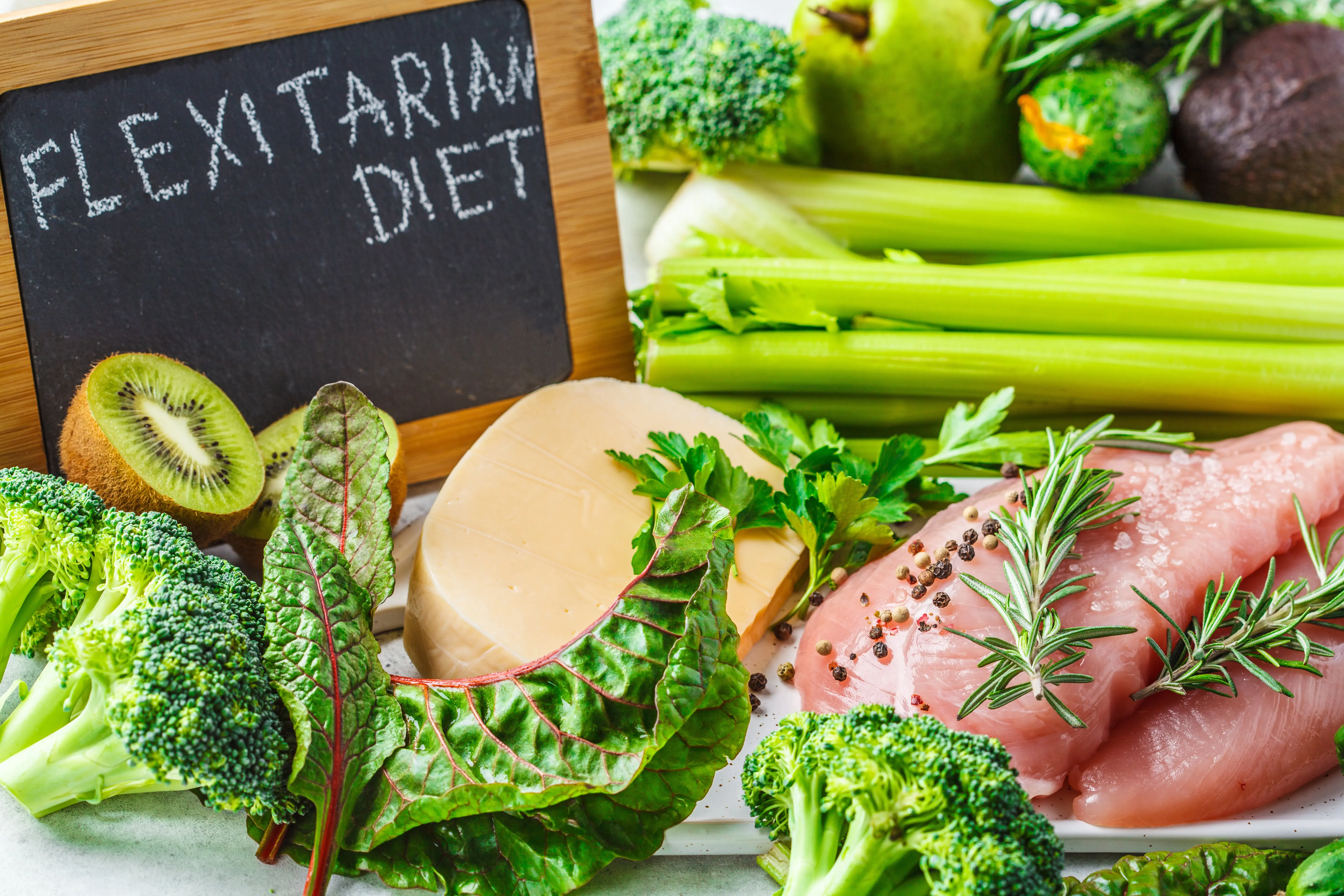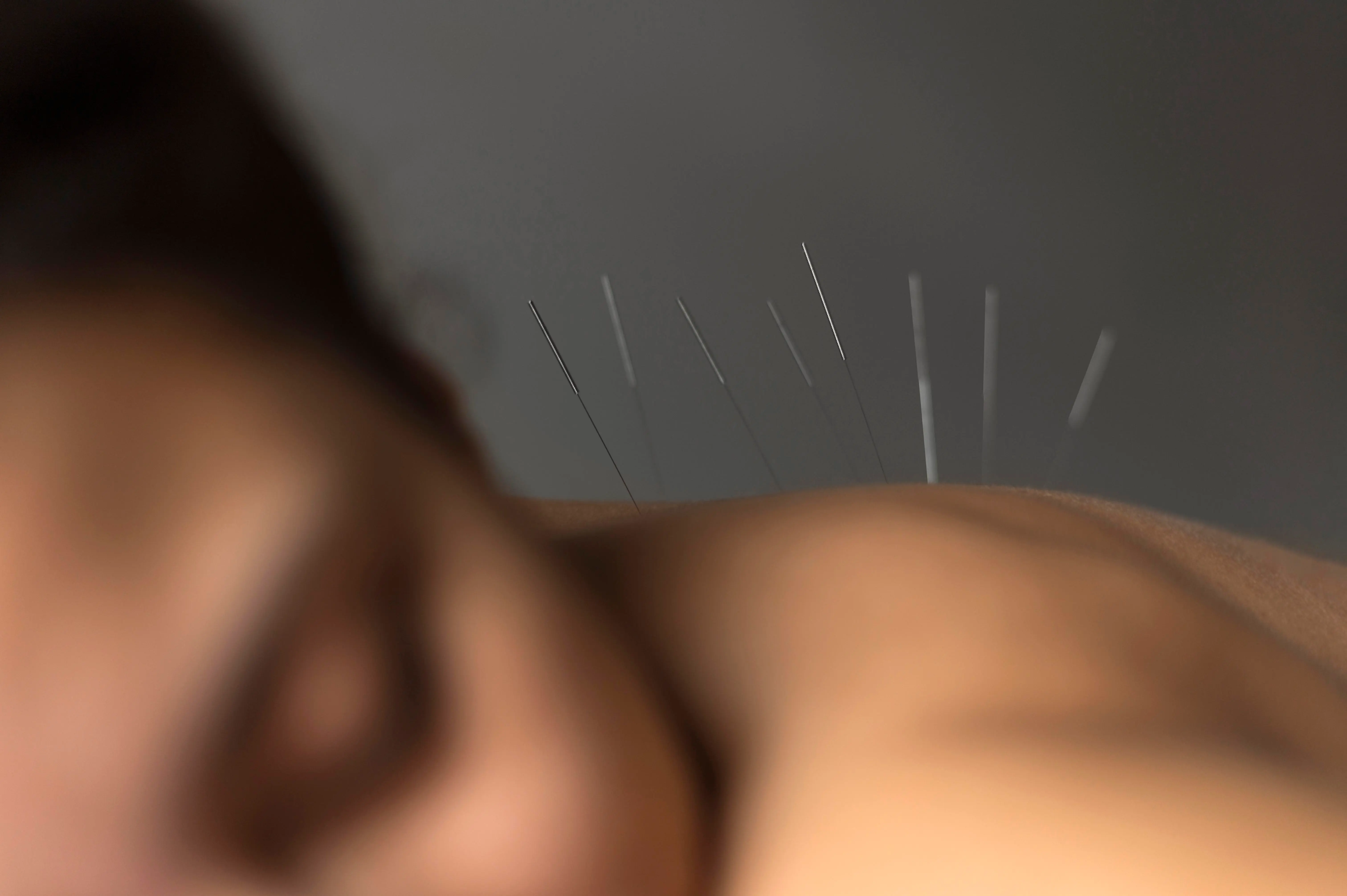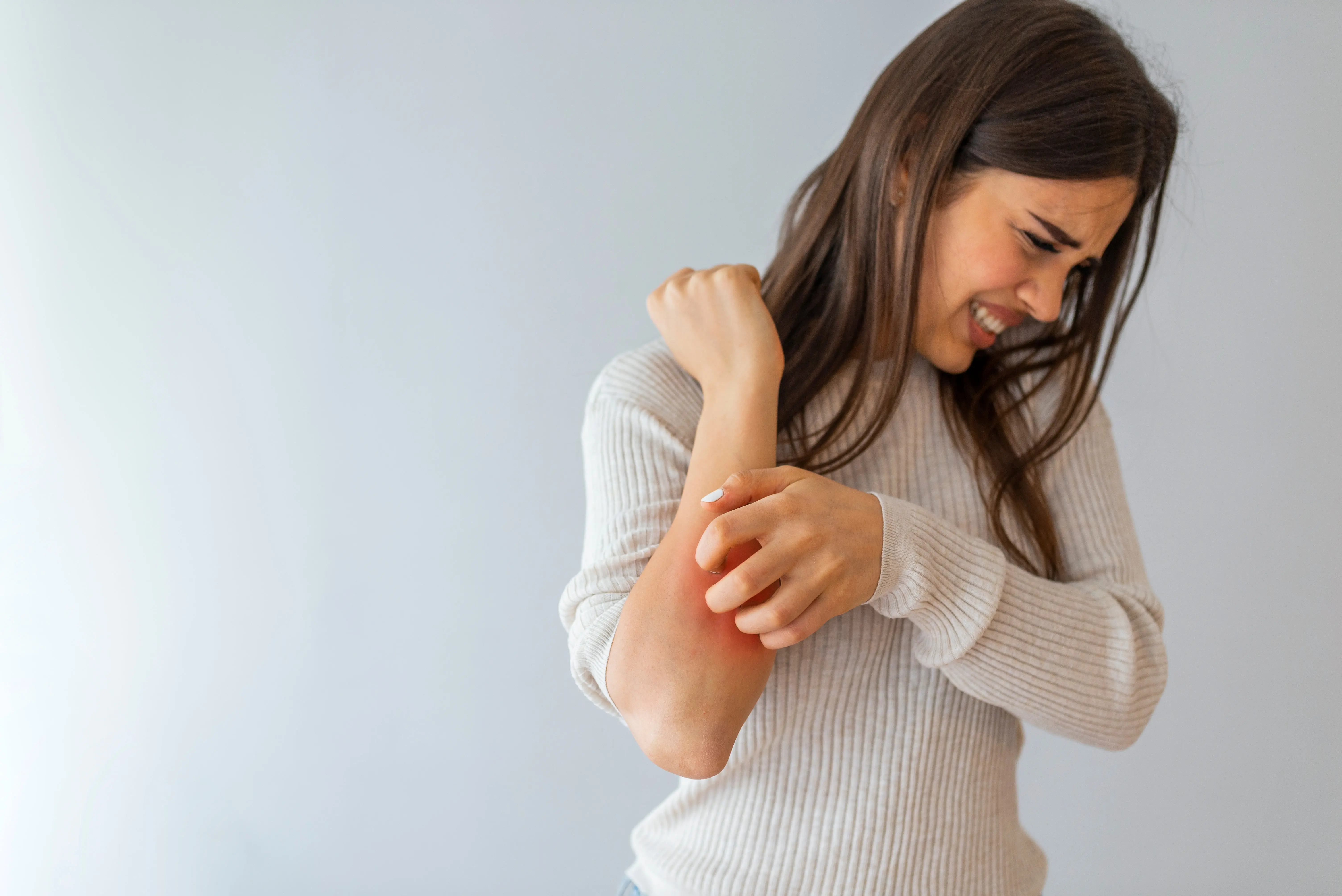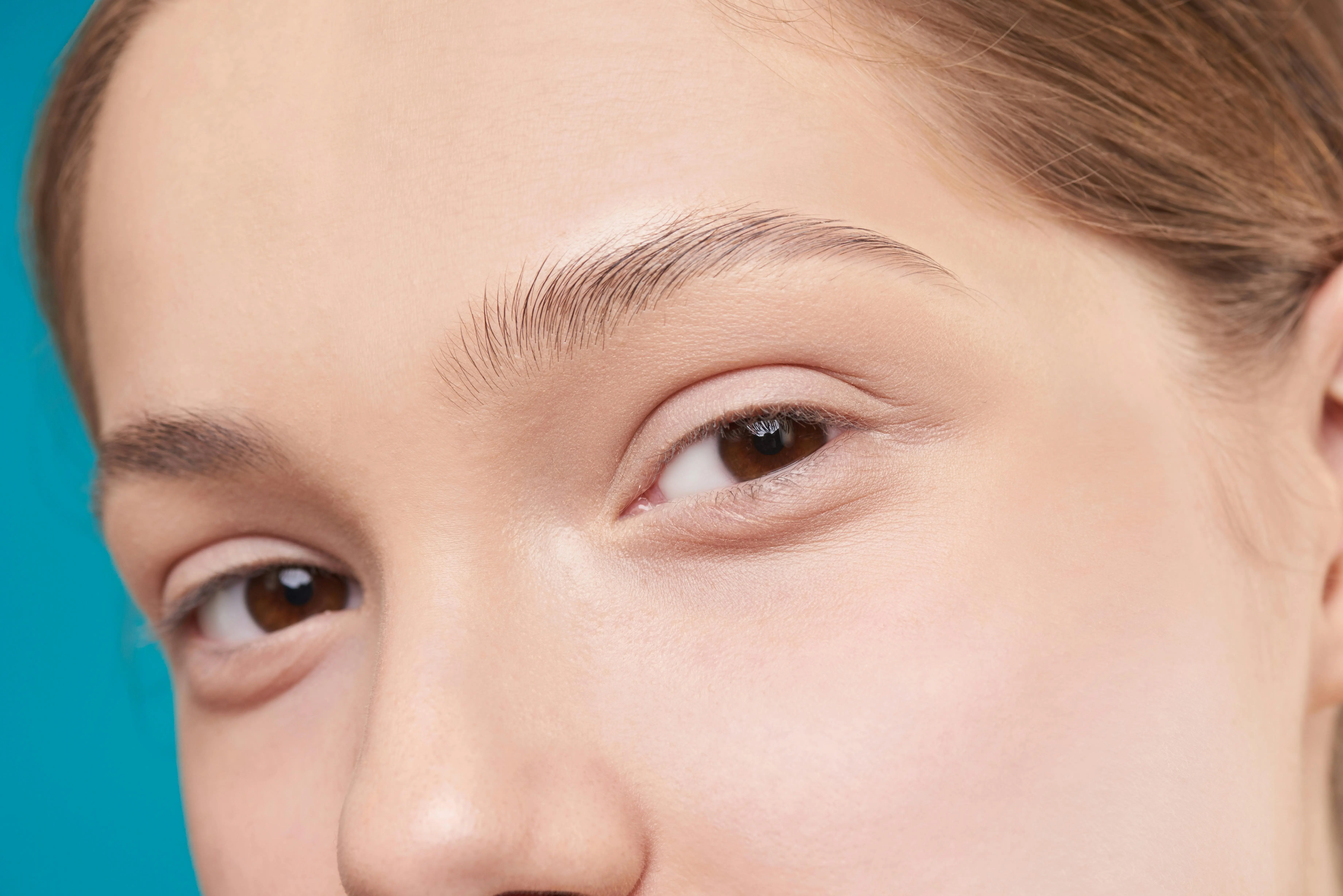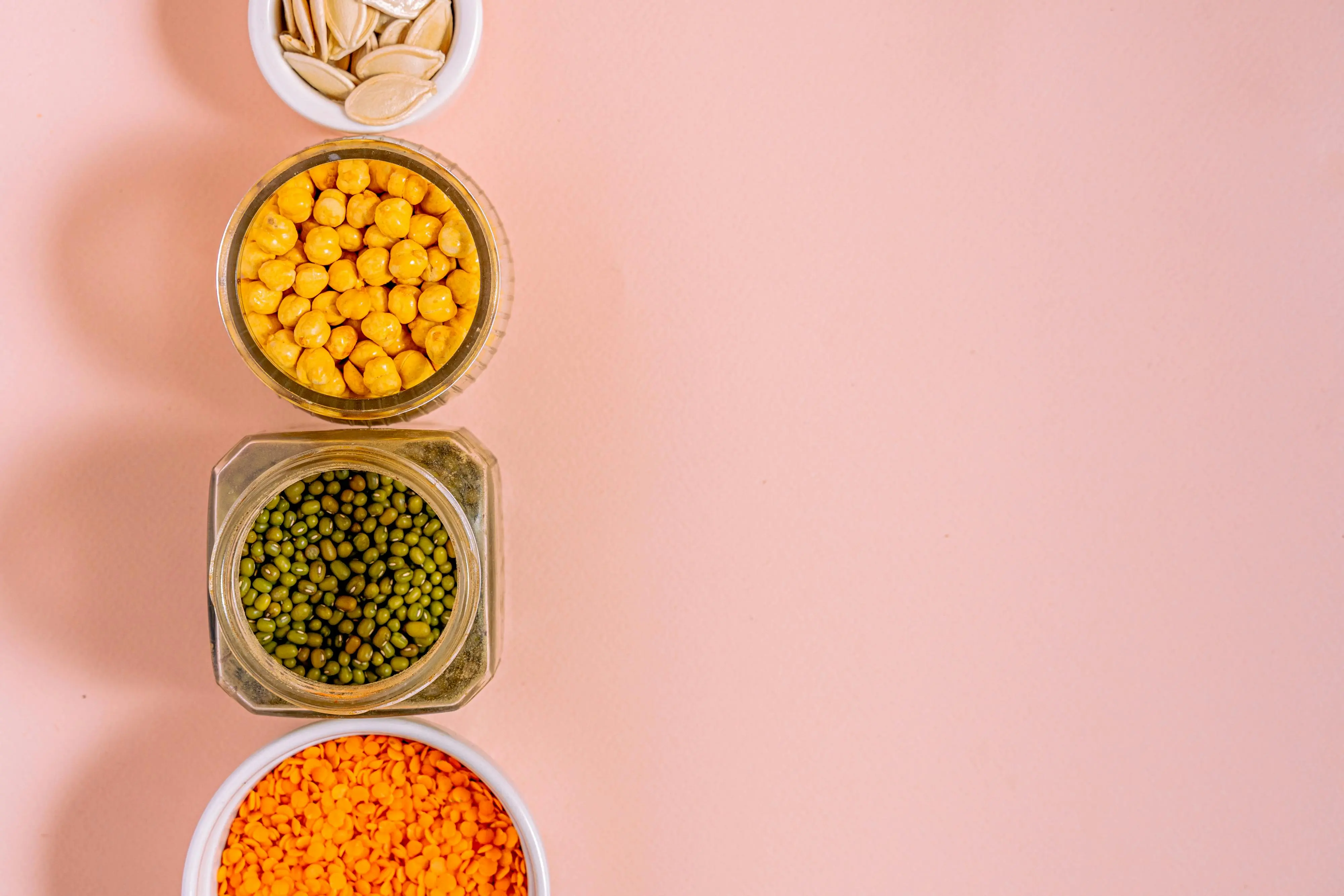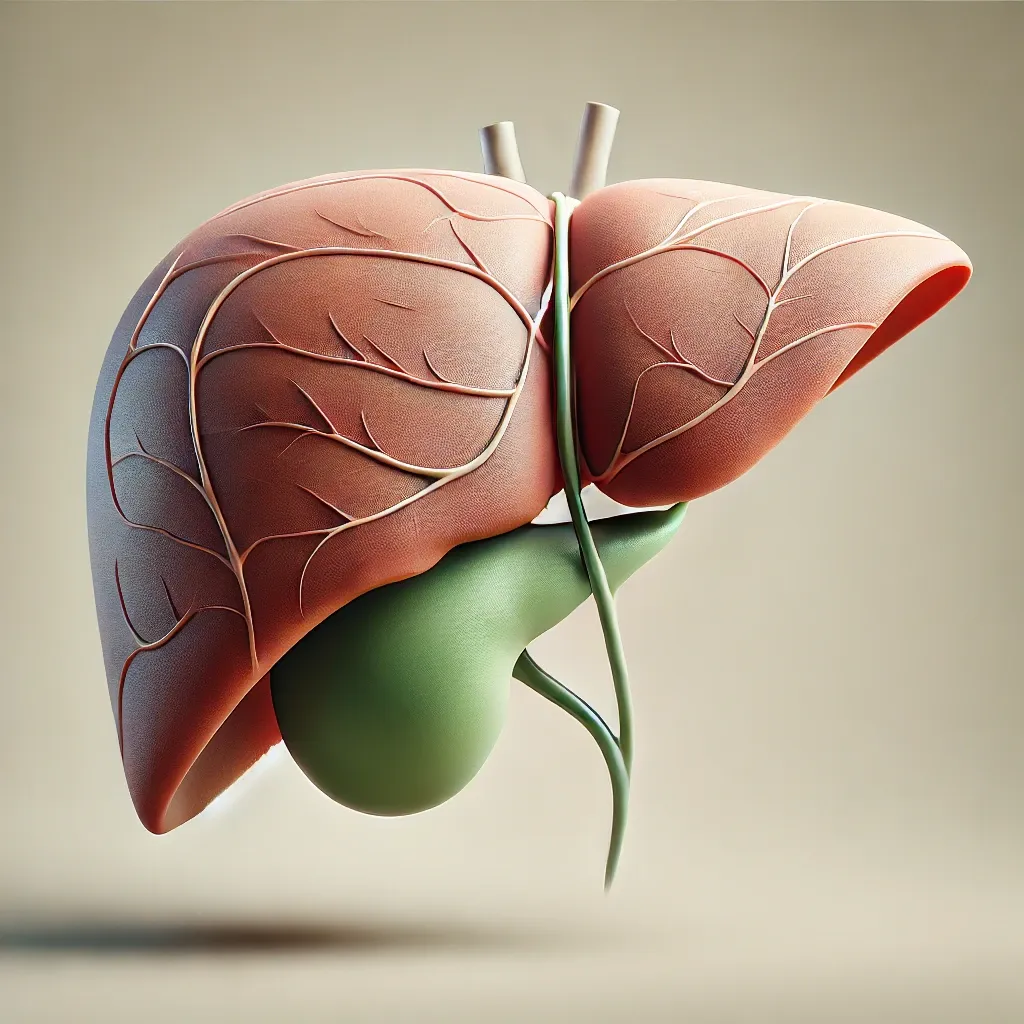
Gallbladder and bile ducts
Our liver produces about 700 ml of bile daily and directs it directly into the intestine. Darm. A part is concentrated and stored in the gallbladder. The gallbladder therefore serves only as a reservoir to additionally support fat digestion as needed. In addition, breakdown products of the body are excreted via the bile. With a corresponding predisposition or with increasing age, it can lead to the formation of bile sludge and eventually gallstones.
These stones do not necessarily have to lead to symptoms, but they can – if they block the gallbladder or slip into the main bile duct – cause colic, bile stasis or inflammation. In such cases, the gallbladder is usually removed along with the stones minimally invasively (one of the most common minimally invasive operations in the abdomen worldwide). Important: Even without the organ, the body can Entzündungen digest food; no special diet is required after gallbladder removal. Nahrung well; no special diet is required after gallbladder removal.
Benign diseases of the gallbladder and bile ducts.
Gallstones and Cholecystitis
This is a solid, crystallized precipitate of bile. They arise from an imbalance of soluble substances in bile. Genetic factors and possibly motility disorders of the gallbladder itself also play a role. Gallstones can cause colic as well as acute or chronic inflammation of the gallbladder.
Therapy: If colic recurs, the gallbladder should be removed. If acute inflammation develops, surgery can be performed within a narrow time window of 48–72 hours after the onset of symptoms. For longer-lasting symptoms, conservative treatment with antibiotics is initially used to allow the inflammation to heal. Approximately 6 weeks later, surgery can be performed during the inflammation-free interval. The procedure is performed laparoscopically, meaning minimally invasive, now through accesses only 3 mm in size, which practically leave no scars.
